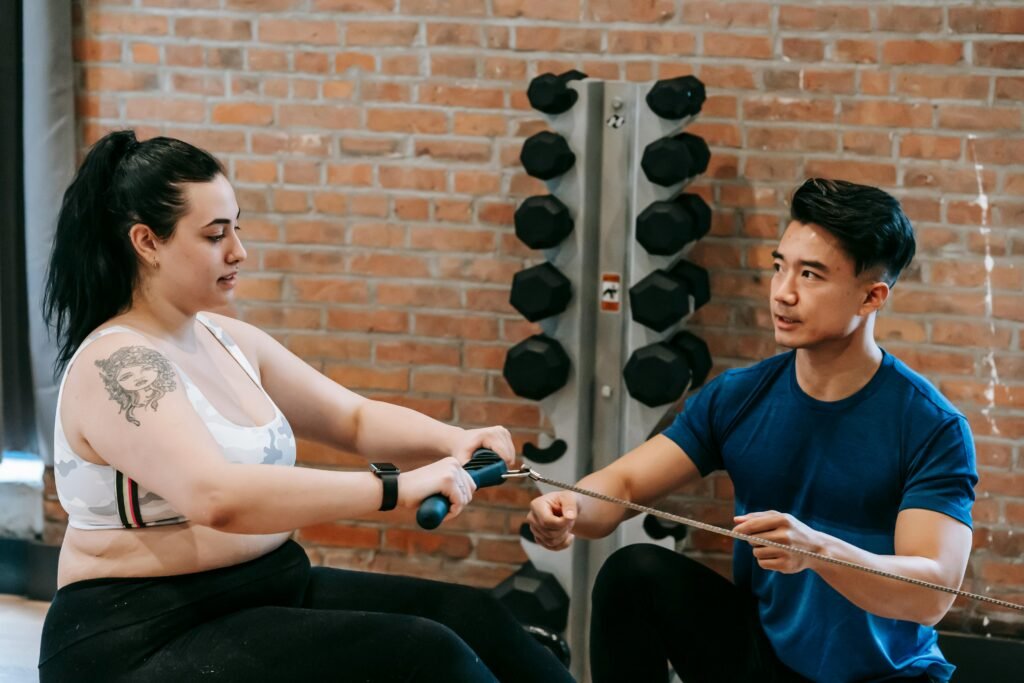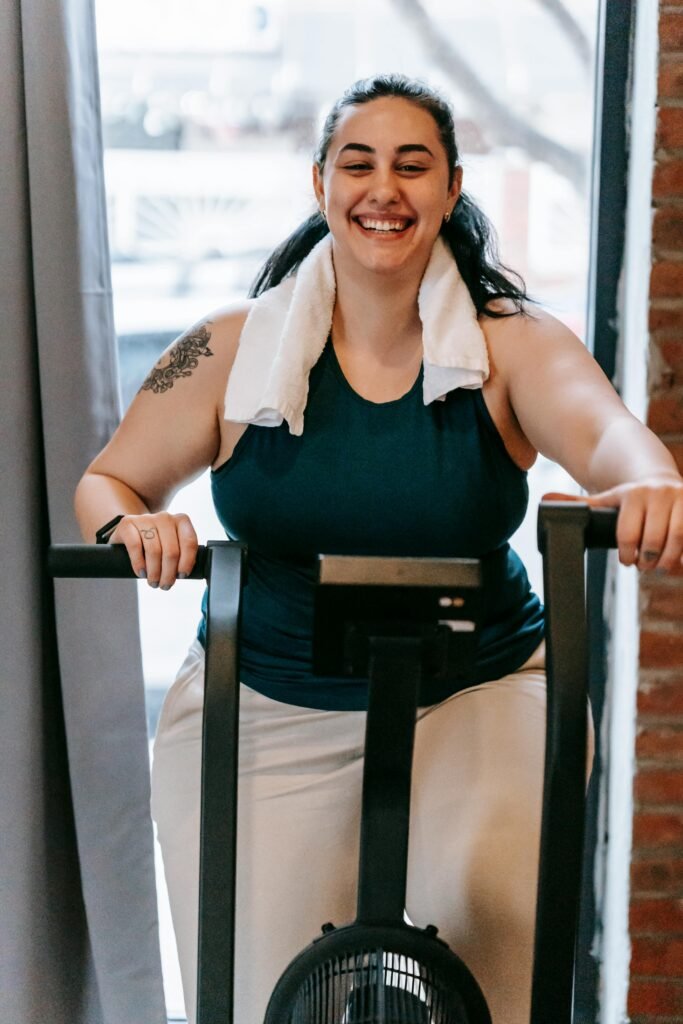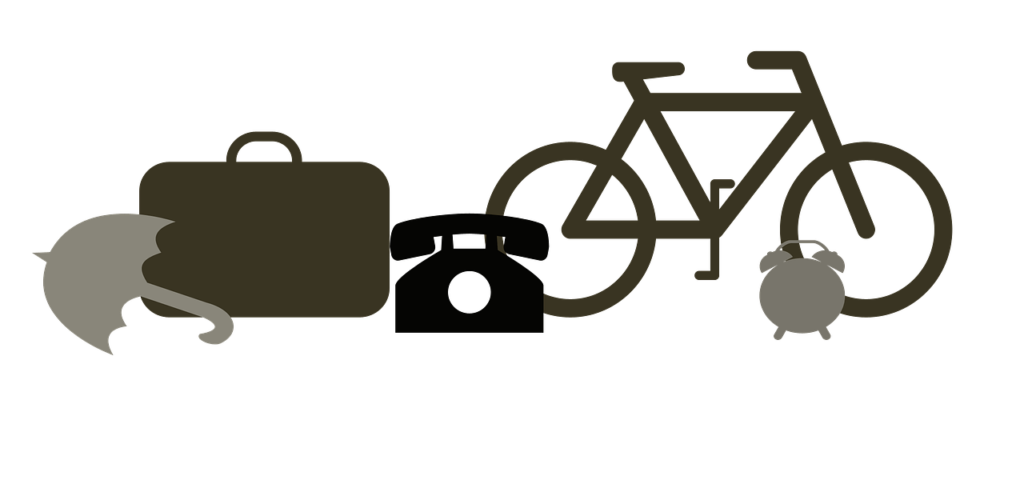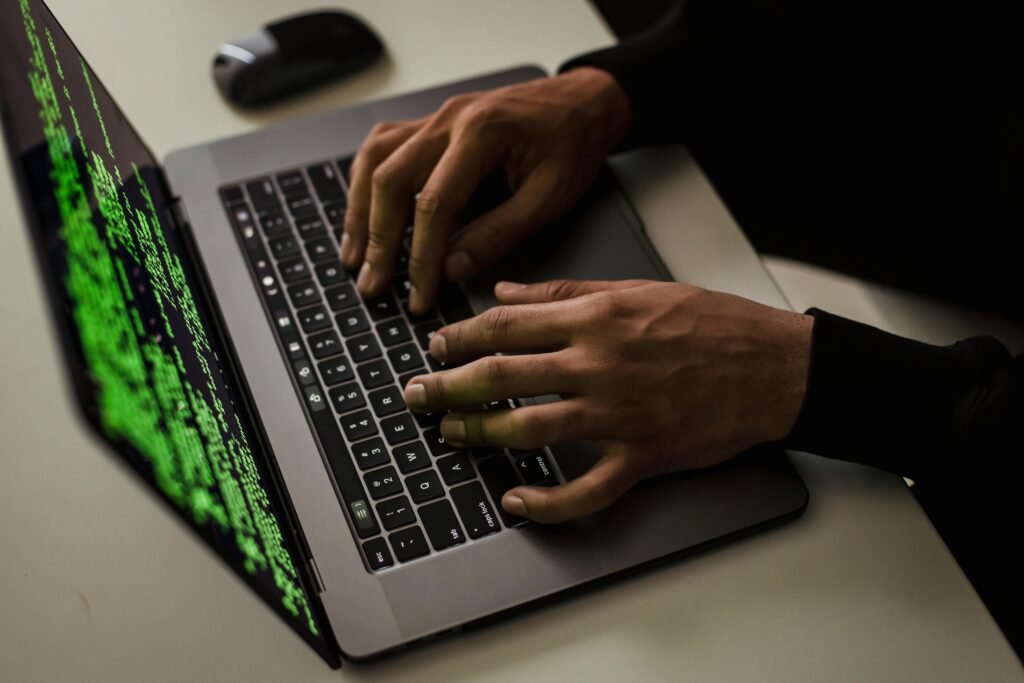
If you’re looking to create a home gym without breaking the bank, buying used exercise equipment can be a game-changer. But with so many options available, it can be overwhelming to navigate the world of second-hand fitness gear. Fear not, this ultimate guide will provide you with the essential tips and tricks you need to make informed decisions when purchasing used exercise equipment. From knowing what to look for in terms of quality to finding the best deals, this guide has got you covered. Get ready to transform your fitness journey with the perfect workout equipment that fits your budget.

This image is property of images.pexels.com.
Researching Exercise Equipment
When it comes to researching exercise equipment, the first step is to determine your fitness goals. What do you want to achieve with your workouts? Are you looking to build strength, improve cardiovascular endurance, or increase flexibility? By identifying your specific fitness goals, you can narrow down the types of equipment that will best help you reach them.
Once you know your fitness goals, it’s time to identify the types of equipment you need. Do you need a treadmill for running or walking, a stationary bike for cycling, or perhaps free weights for strength training? Consider your preferences, interests, and any specific exercises or activities you enjoy. This will help guide your search for the right equipment.
After you have determined the types of equipment you need, it’s important to research different brands and models. Look for reputable manufacturers that have a good track record for producing high-quality, durable equipment. Pay attention to features such as the weight capacity, adjustability, and ease of use. Reading customer reviews and ratings can also provide valuable insights into the performance and reliability of the equipment.
Setting a Budget
Before diving into the world of used exercise equipment, it’s important to consider your available funds. Set a realistic budget that you are comfortable with and stick to it. Keep in mind that you may need to factor in additional costs such as delivery and installation. While used equipment can often be more affordable than purchasing new, it’s still crucial to have a clear understanding of your financial limitations.
Once you have established a budget, it’s time to compare prices from different sellers. Look for reputable sellers who offer competitive prices for the equipment you are interested in. Keep in mind that prices may vary depending on factors such as the condition and age of the equipment. Take your time to shop around and explore different options to ensure you are getting the best value for your money.
When considering the cost of used exercise equipment, don’t forget to factor in any additional expenses such as delivery and installation. Some sellers may offer these services at an extra cost. Be sure to inquire about these costs upfront so that you can accurately compare prices and make an informed decision. While delivery and installation fees may increase the overall price, they can also provide convenience and peace of mind.

This image is property of images.pexels.com.
Choosing the Right Seller
When it comes to buying used exercise equipment, choosing the right seller is crucial. Look for reputable sellers who have a solid reputation for providing quality products and excellent customer service. Consider buying from established retailers, online marketplaces, classified ads, or even local gyms. These sellers often have a wide variety of equipment to choose from and may offer return policies or warranties to ensure customer satisfaction.
When considering different sellers, it’s important to look for those that offer return policies or warranties. This can provide added reassurance and protection in case the equipment does not meet your expectations or has any issues. It’s always helpful to have the option to return or exchange the equipment if needed. Be sure to carefully read and understand the seller’s return policy, including any conditions or time restrictions.
Checking online marketplaces, classified ads, and local gyms can be a great way to find used exercise equipment. Many individuals or fitness facilities sell their equipment when upgrading or making changes to their workout spaces. These sellers may be more willing to negotiate prices and provide additional assistance or advice. Plus, buying from local sources can often save on shipping costs and make the overall purchase process easier.
Inspecting the Equipment
Once you have found potential used exercise equipment, it’s essential to thoroughly inspect it before making a purchase. Check for any signs of wear and tear, such as rust, cracks, or loose parts. Look for any potential safety hazards that could pose a risk during your workouts. It’s crucial to ensure that the equipment is in good condition and safe to use.
Testing the equipment for functionality is another important step. Take the time to try out the equipment and make sure that all the features and settings are working properly. If possible, test the equipment with the same intensity or resistance levels that you plan to use during your workouts. This will give you a better idea of how the equipment performs and whether it is suitable for your needs.
In addition to functionality, it’s important to inspect all parts of the equipment to ensure they are intact and functional. Check for any missing or damaged components, such as bolts, screws, or cables. Be thorough in your examination and don’t hesitate to ask the seller for any additional information or clarification. It’s better to address any potential issues before making a purchase.
If the used exercise equipment includes electronic components, it’s especially important to inspect them. Check that any display screens, buttons, or sensors are in good working condition. Test any electronic features and make sure they are responsive and accurate. If possible, bring along a pair of headphones to check the audio quality if the equipment has speakers or audio capabilities.

This image is property of images.pexels.com.
Negotiating the Price
When buying used exercise equipment, it’s often possible to negotiate the price. Be prepared to engage in a bit of bargaining to potentially lower the cost. Before entering into negotiations, research the market value of the equipment you are interested in. This will give you a better understanding of what a fair price might be and help you negotiate with confidence.
During negotiations, leverage any defects or issues you have noticed during the inspection process. Point out any wear and tear, missing parts, or electronic malfunctions. Use these observations as points to negotiate a lower price. It’s essential to be polite and respectful during the negotiation process. Remember, both parties are looking for a mutually beneficial agreement.
While negotiating the price, keep in mind that you should also consider the overall value of the equipment. A slightly higher price for equipment in better condition or from a reputable seller may be a worthwhile investment. Focus on finding the right balance between price and quality.
Arranging Transportation and Delivery
Once you’ve successfully negotiated the price and are ready to make the purchase, it’s time to consider transportation and delivery. Depending on the size and weight of the equipment, you may need to find a reliable method of transportation. Consider whether you have a vehicle large enough to transport the equipment or if you need to rent a truck or van. It’s important to plan ahead and ensure you have the means to transport the equipment safely.
When arranging for delivery or pick-up, communicate with the seller to coordinate the logistics. Some sellers may offer delivery services for an additional fee, while others may require you to arrange your own transportation. Be clear about your expectations and confirm the date, time, and location for the delivery or pick-up.
Considering Safety Aspects
When purchasing used exercise equipment, safety should be a top priority. Check for safety features and stability, especially for weight-bearing equipment or machines with moving parts. Look for equipment that has nonslip surfaces, stable bases, and proper padding or cushioning. Ensuring the equipment is stable and secure is essential to prevent accidents or injuries during your workouts.
Verify the weight capacity and adjustability of the equipment to ensure it is suitable for your needs. Different exercises and workouts require different weight capacities, so be sure to check that the equipment can accommodate your desired level of intensity. If a piece of equipment is adjustable, test the various settings to ensure smooth and easy adjustments. This will help you adapt the equipment to your preferred settings and optimize your workouts.
If you have any doubts about the safety aspects of the equipment, consider consulting a fitness professional for advice. They can offer guidance on proper usage, provide recommendations, or even inspect the equipment with you. This extra step can help ensure that you are investing in equipment that is safe and suitable for your fitness goals.
Testing and Trying the Equipment
Before finalizing your purchase, it’s highly recommended to visit the seller’s location to try out the equipment firsthand. This will give you the opportunity to check for comfort and proper fit. Sit, stand, or perform the exercises you intend to do on the equipment and assess whether it feels comfortable and supportive. Pay attention to details such as seating position, grip comfort, and overall ergonomics.
Testing different features and settings is also crucial during this stage. Explore the different functionalities and settings the equipment offers. Try different resistance levels, inclines, or speeds to see how they affect your workout experience. By thoroughly testing the equipment, you can gain a better understanding of its performance and determine if it meets your expectations.
In addition to testing the equipment yourself, consider seeking expert advice on proper usage. This is particularly important if you are new to using certain types of equipment or techniques. A fitness professional or trainer can provide guidance on proper form, technique, and safety precautions. They can also offer insights and recommendations based on your fitness goals and limitations.
Verifying Warranty and Return Policies
Before finalizing the purchase, it’s crucial to ask about any remaining warranty on the used exercise equipment. Inquire about the length of the warranty and any conditions or limitations it may have. Having a warranty can provide peace of mind and protection in case any issues arise with the equipment after the purchase.
In addition to the warranty, it’s equally important to inquire about the seller’s return policy. Clarify how long you have to return the equipment if you are not satisfied with it or if any unexpected problems arise. Ensure you understand any conditions or criteria that need to be met for a return to be accepted. Having a clear understanding of the seller’s return policy will help you make an informed decision and protect your investment.
Throughout the purchasing process, make sure you receive and keep all documentation regarding the warranty and return policies. This includes receipts, invoices, warranty certificates, or any written agreements between you and the seller. These documents will be crucial in case you need to refer back to them or file a warranty claim or return request.
Cleaning and Maintaining Used Equipment
Once you have purchased the used exercise equipment, it’s important to clean and sanitize it thoroughly before use. This will help remove any dirt, germs, or odors that may have accumulated over time. Follow the cleaning instructions provided by the manufacturer, as different equipment may require specific cleaning methods or products. Taking the time to clean and sanitize the equipment will help ensure it remains hygienic and safe to use.
In addition to regular cleaning, it’s important to follow the maintenance instructions provided by the manufacturer. These instructions may include guidelines on lubrication, belt or cable adjustments, or routine inspections. Regularly inspect the equipment for any signs of wear or damage and address any issues promptly. By properly maintaining the equipment, you can prolong its lifespan and optimize its performance.
In conclusion, buying used exercise equipment can be a cost-effective and practical way to achieve your fitness goals. By following these tips and guidelines, you can make an informed decision and find quality equipment that fits your budget and needs.


